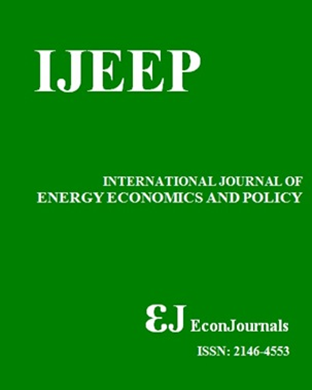Antecedents and Forecasting of Carbon Emissions Using Machine Learning Algorithms: Insights from the Top Ten Carbon-Emitting Nations
DOI:
https://doi.org/10.32479/ijeep.19622Keywords:
Carbon Emissions, Primary Energy Consumption, Top Ten Carbon-Emitting Nations, Machine Learning AlgorithmsAbstract
This paper presents an analysis of predicting annual carbon emissions (CO₂ emissions) from 1990 to 2023 in the top ten high-carbon emission source countries using machine learning algorithms. The research employed a random forest algorithm, logistic regression, support vector machines (SVM), K-nearest neighbours (KNN), and gradient boosting to predict CO₂ emissions based on a set of selected features. The performance of these models was evaluated using root mean square error (RMSE), mean absolute error (MAE), R-squared, accuracy, precision, recall, F1 score, area under the curve (ROC AUC), and confusion matrix accuracy. The paper finds that primary energy consumption is the main antecedent and most influential factor, followed by population size and gross domestic product (GDP). The results also reveal that trade openness, urbanisation, and renewable energy consumption have relatively minor impacts on the model's predictions. Furthermore, the results indicate that the Random Forest algorithm achieves near-perfect performance across all evaluation metrics for the prediction of carbon emission. The paper provides significant implications for policymakers and scholars in reducing CO₂ emissions.Downloads
Downloads
Published
2025-06-25
How to Cite
Selmey, M. G., Bialy, B. A. E., Hassanein, A., Baker, A. A., Ali, W. M., Aboushadi, N. R., … Mohamad, E. F. E. (2025). Antecedents and Forecasting of Carbon Emissions Using Machine Learning Algorithms: Insights from the Top Ten Carbon-Emitting Nations. International Journal of Energy Economics and Policy, 15(4), 511–524. https://doi.org/10.32479/ijeep.19622
Issue
Section
Articles




